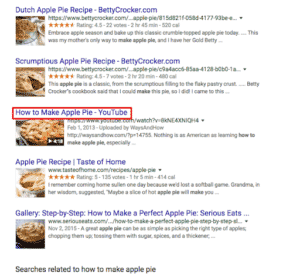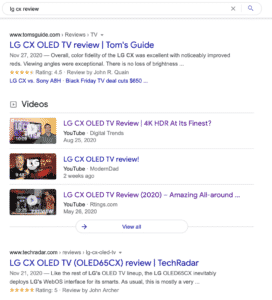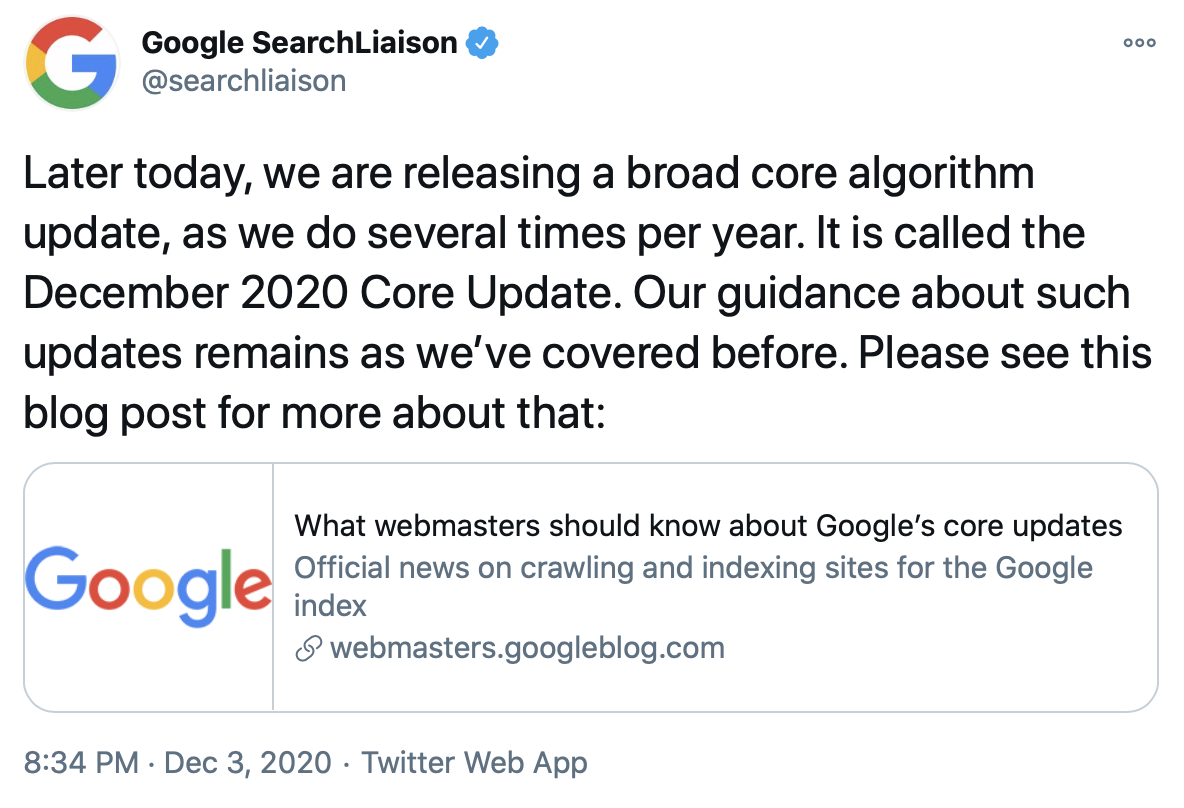
5 tips for optimising YouTube videos and ranking them higher
YouTube is the second biggest search engine in the world. Lots of businesses get valuable traffic and customer attention via videos.
But optimising YouTube videos and ranking them higher in the search results can be challenging.
Here are 5 tips that would help you optimise YouTube videos for better rankings and more organic traffic.
1. Pick the right keywords
Picking the right keywords is a key concept in search engine optimisation. The same principle applies to blog posts as well as to YouTube videos.
But what are the “right” keywords?
For YouTube video optimisation, there are a few factors to consider:
The keywords should be low competition. In other words, if the level of competition is too high, you might not be able to rank your videos on that topic.
You should also use the YouTube search engine and see which keywords pop up in the results. You should tweak your strategy based on the data you get from YouTube.
Lastly, there are keyword research tools that specifically show data for YouTube. Keywordtool.io is a popular tool that helps you find keywords specifically related to YouTube Search.
Here is a list of a bunch of other keyword tools for YouTube video content.
2. Pick topics and keywords that Google prioritize for videos
Another crucial point to remember about keyword selection is that you need to pick “video keywords”.
What are video keywords?
There are some keywords and keyword phrases that Google prioritize for video content. For example:
- Reviews
- How to
- Tutorials
- Videos
- Demo
Here is an example.
For the keyword phrase, “how to make apple pie”, Google prefers video content. This keyword phrase can be considered a video keyword because it primarily triggers videos.
Another example would be the “LG CX review”. Google expects that a video review would serve the search intent more effectively.
You make your job easier when you pick video keywords.
3. Produce high-retention and high-engagement videos
Once you select the keywords, the next step will be to create videos. The key here is to produce and publish videos that draw high engagement and high retention.
Just like any other form of content — infographics, blog post, landing page — Google wants to show videos to users that they would actually like.
The goal is to create such informative and engaging videos that searchers watch till the end. You should aim to keep audience retention and engagement as close to 100% as possible.
High engagement and retention rates send positive signals to Google and YouTube. These signals indicate that your videos are worth watching and worth ranking higher in the search results.
One easy way to increase engagement is to encourage more comments from viewers. There is a strong correlation between a higher number of comments on videos and their YouTube rankings.
You can also increase engagement by improving the click-through rate. You can do this by improving your credibility, creating high-quality thumbnails, and interesting (but not clickbaity) titles for your videos.
4. Keyword placement and optimisation
Keyword optimisation and placement are still valid practices in search engine optimisation. Just like content marketers put important keywords in meta titles, H1 and H2 tags, and in the opening paragraphs, YouTube content creators need to strategically place keywords in their video content.
Here are some hot spots to put important keywords in:
- Video title. The title of your video is the most important place to put the primary keyword in.
- Description. The description of your video gives you ample space to put primary as well as secondary keywords in. You should use this valuable real estate to also include LSI keywords to add more context for search engines.
- Tags. Tags can help Google and YouTube understand what your video is about. You can help these search engines by using keywords that are relevant to your video.
Lastly, we also recommend saying important keywords in the video. Google now successfully transcribes videos. So actually saying your keyword out loud in the video may help with optimisation and rankings.
5. Promotion and link-building
Once your video is live, it is time to promote it and create links.
Promotion and link-building can be done by sharing your videos in industry forums, Reddit, Quora, etc. It is also recommended to share your videos on different social media websites.
These are all positive signals that help Google improve search engine rankings.











